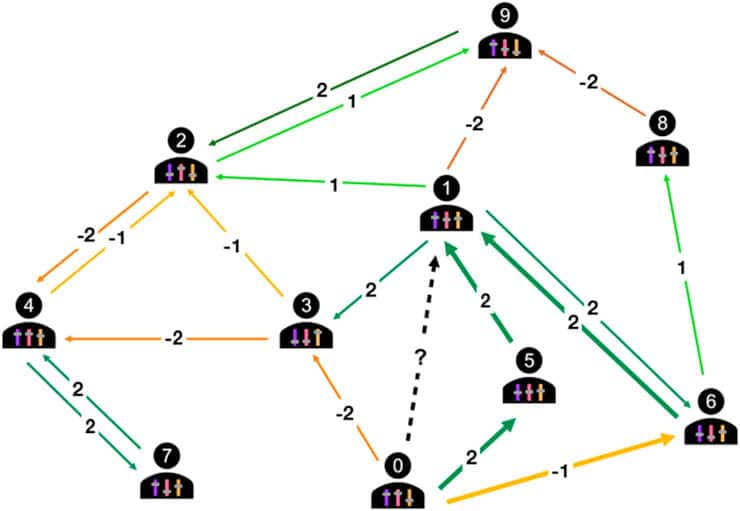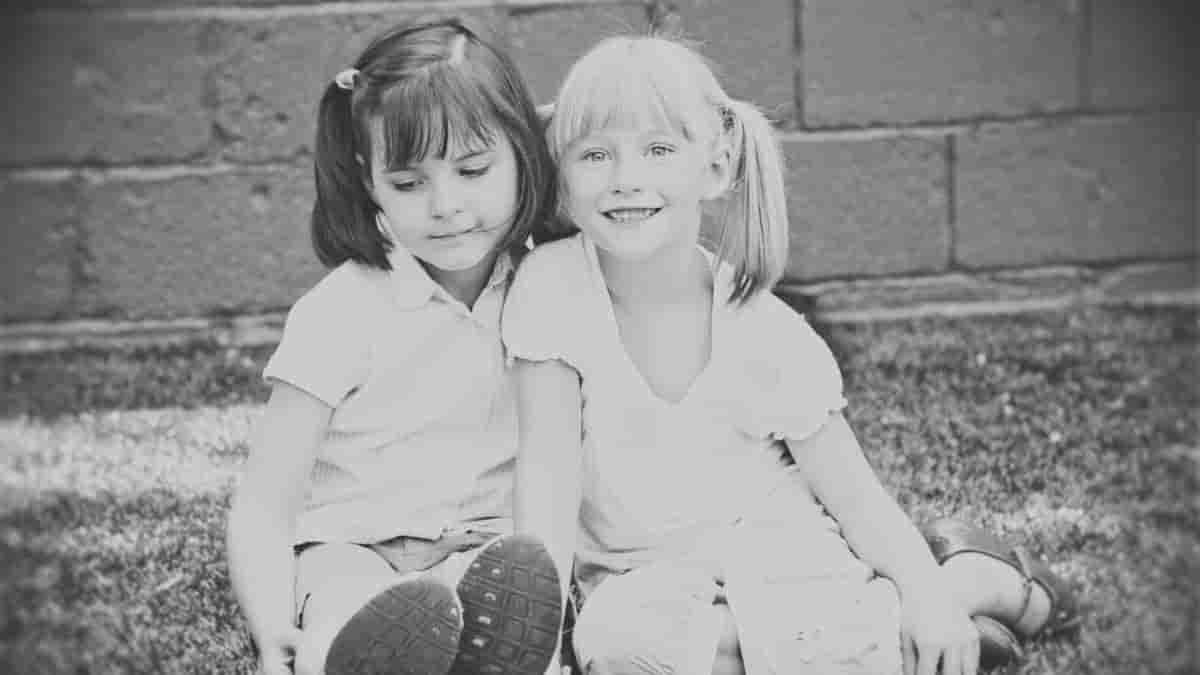According to a recent study by researchers from the Universidad Carlos III de Madrid (UC3M), the Polytechnic University of Madrid (UPM), and Loyola University, personality does not appear to have much of an impact when it comes to choosing social friendships at school, which are more based on the closeness of our contacts.
“This is pioneering work in the sense that it uses machine learning and artificial intelligence techniques to predict whether there is a relationship (good or bad) between two people,”
said co-author Anxo Sánchez, a professor in UC3M’s Department of Mathematics. In addition to this prediction, the study offers insight into the process of friendship formation by attributing connections to common relationships rather than personal attributes.
Friend of a Friend of a Friend

The study presents a detailed study of the social relationships of students at 13 secondary schools, including more than 3,000 students and around 60,000 reported positive and negative relationships, along with evidence of students’ personal traits.
“We can predict quite accurately (90%) whether two people are friends or if they do not get on simply by knowing how many friends and enemies they have in common,”
adds Anxo Sánchez.
Mara Pereda, a different study author from UPM’s Department of Organizational Engineering, Business Administration, and Statistics, says that the results show a way for people to start social relationships based on their own traits. These relationships then grow and change over time as the friendship network is dominated by a triadic influence (friends of friends of friends).
“This suggests that not only do our close friendships have an effect on us, but even people we know indirectly can affect our behavior and decisions. This discovery has exciting implications for how we understand social dynamics and the role we play in it,
she added.
Beyond Homophily
This work is important because it challenges the common belief that friendships are based on similarity — that is, homophily — say the researchers. This understanding may have significant implications for how we understand and build friendships, particularly in societies where cultural and thought homogeneity is highly valued.
“If people understand that they do not need to be the same to be friends, they may be more willing to seek friendships with people who have different backgrounds, interests and perspectives,”
said Maria Pereda.
“In addition, if homophily is not the only important thing when it comes to creating new relationships, but we can connect with other people simply because they are friends of our friends, then diversity will increase and, with it, polarization will decrease,”
added another of the study’s authors, Pablo Brañas, a professor in the Department of Economics at Loyola University.
Implications for Classrooms and Workplaces
This study provides useful data and outcomes for classroom, school, and educational center administrators.
“For example, it allows us to know when students may be at risk of social exclusion, because they have few good relationships and many bad ones,”
said another of the study’s authors, José Antonio Cuesta, a professor in UC3M’s Department of Mathematics.
The researchers were able to detect the social climate in the classrooms very well, taking a complete picture of how people get along at the school and what these relationships are like (which the teaching staff are sometimes unaware of).
In fact, UC3M is working with a Zaragoza-based company to develop software that will aid school counsellors in intervening in vulnerable situations.
In addition, the research may also have implications for the creation of workplace policies and practices. For example, if employers understand that differences among workers can be beneficial for creativity and job performance, they could encourage diversity in their teams and work environments.
Reference:
- Miguel Ruiz-García et al. Triadic influence as a proxy for compatibility in social relationships. Proceedings of the National Academy of Sciences (2023). DOI: 10.1073/pnas.2215041120
